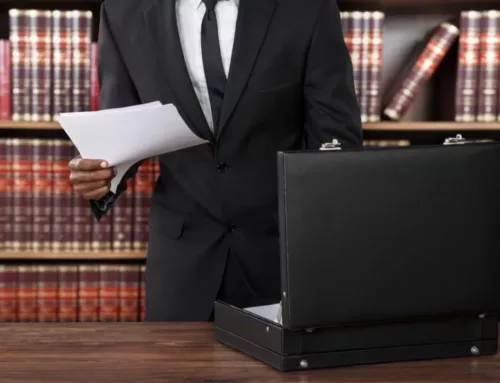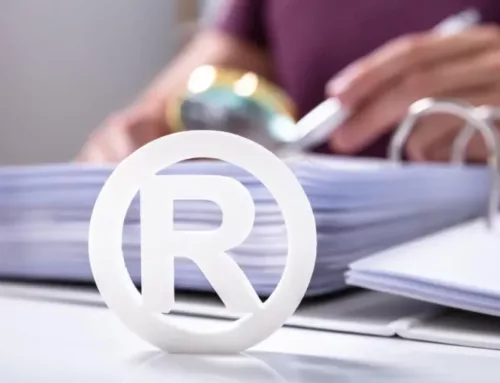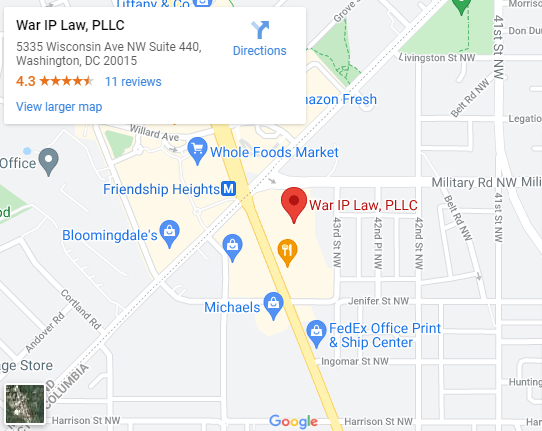If you’re in any creative industry, like photography, architecture, or writing, you need copyright protection against anyone who would like to profit from your work! Read on for a comprehensive guide to what you need to know about using copyright symbols and copyright laws!
If you’ve got more questions about protecting your intellectual property, we discuss the important information about intellectual property without the legalese in the book “Find Clarity and Take Control of Your Intellectual Property.” You can order the book here for free!
What Exactly is Copyright?
A copyright refers to the legal protection that’s automatically given to original creative works. This can include songs, films, literary pieces, or software among many others! The rights provided by copyright include the right to do the following:
- Publicly display the work;
- Publicly perform the work;
- Reproduce any part of the work;
- Reproduce the whole work;
- Prepare works derived from the original, like adaptations or translations.
These rights are not absolute as there are exemptions to the limited protection provided by copyright, such as “fair use.”
What Is a Copyright Notice?
This symbol “©” is the copyright symbol and it looks like a circle with “C” in the middle. This usually applies to “visually perceptible copies” which can be seen, like a sculpture or a book.
Phonorecords are sound recordings like records or CDs. These require the ℗ symbol, which is the same as the previous but with “P” instead.
Copyright Notice, Circular 3 by the US Copyright Office requires works published before March 1, 1989, to have the notice for protection. The use of a copyright symbol after that date has become optional, in general, and works are still given copyright protection regardless of the presence of the symbol.
Despite this, using the symbol is still valuable for copyright owners. The notice:
- Identifies the owner of the copyright;
- Displays the year of the first publication;
- Informs everyone that your work is protected by copyright.
It is especially important if another person infringes your work, as they will have a hard time claiming that they did not know it was copyrighted as with the “innocent infringement defense.”
How Should I Use the Copyright Notice?
In general, both visually perceptible copies and phonorecords need to have the following elements close to each other:
- Their symbol, the word “Copyright,” or the abbreviation.
- The name of the copyright owner;
- The year when it was first published.
There is no specific copyright notice that you can copy and the notice can differ a bit among creators and companies. The copyright symbol is not even needed by law! But it still is helpful to put in a notice that your creative work enjoys copyright protection.
Who Owns the Copyright to a Work?
Usually, the copyright holder of a work is its creator. Exceptions include cases when the creator transfers the rights with a written agreement.
If multiple people created the work together, then the creators become joint owners of the copyright. Each joint holder has equal right to enforce and exercise the copyright.
If the copyrighted work was made from a person’s employment, it can count as “work for hire” which means that the employer becomes the copyright owner. However, “traditional works of scholarship” in the university setting, like lecture material or other faculty writings, are not considered as works for hire.
What Is and Isn’t Protected by Copyright?
Original works of authorship are protected by copyright law. This means that your work has to be original, a work of authorship, and fixed.
Original simply means that your work is your own and not copied from another.
A work of authorship means that it falls under a copyrightable subject matter. Works that enjoy copyright protection include:
- Architectural works
- Sound recordings
- Motion pictures and other audiovisual works
- Pictorial, graphic, and sculptural works
- Pantomimes and choreographic works
- Dramatic works
- Musical works
- Literary works
To be fixed simply means the work is expressed in a tangible medium.
Some works simply do not enjoy copyright protection, either because they do not follow the above requirements or some other contributing factors. Works that are not copyrightable are as follows:
- Works that have passed into the public domain
- Works of the United States government
- Mere listings of ingredients or contents
- Mere variations of lettering or coloring
- Familiar symbols or designs
- Titles, names, short phrases, or slogans
- Works that are not fixed in a tangible form
- Procedures, methods, systems, processes
- Facts, ideas
Take note that these are very broad. People can register a program they’ve coded as a literary work. If you want to make sure that your work is protected by copyright law, you can check out our book or ask our experienced Washington, D.C. IP Attorney to help you out!
How Do I Know if a Work is Still Copyrighted?
There are different terms that apply for when copyright expires depending on when the work was created and the type of work it was.
Before 1978, works with no copyright notice were entered into the public domain. Works in the public domain can be distributed, reproduced, or reused by anyone.
In general, too, works published or registered in the US before 1925 are now in the public domain
Under current US law, the copyright term lasts for 70 years after the creator’s death.
The copyright for works for hire is the shorter of either:
- 120 years from the date of its creation; or
- 95 years from the date of publication.
Once these terms expire, then the works enter the public domain for anyone to use.
What is Public Domain?
Works in the public domain do not receive copyright protection, meaning everyone is free to use them. People are free to use public domain works in whatever way they want and however much they want Reasons for works entering the public domain are:
- The work is of a type that does not qualify for copyright protection;
- The copyright term has expired without renewal;
- The author dedicated them to public use.
Take note that different countries have different copyright rules. Make sure to read about these or ask our Washington, D.C. copyright attorney to make sure that works are in the public domain.
Final Thoughts
Copyright laws can be very complicated. A mistake with a copyright can spell legal trouble for you. This guide offers a basic look at the important parts of copyright laws. If you want to learn more about intellectual property and the laws surrounding it, be sure to avail our book! Contact our Washington DC IP law office now. At War IP Law, PLLC, you can be equipped with everything you need to know about intellectual property!






